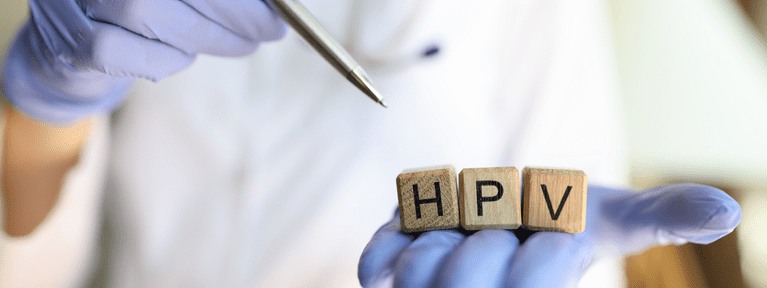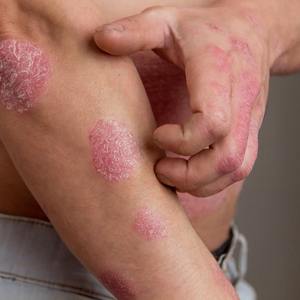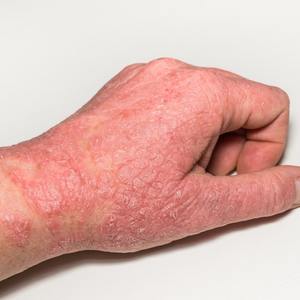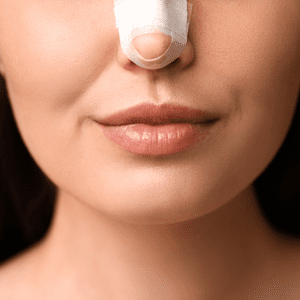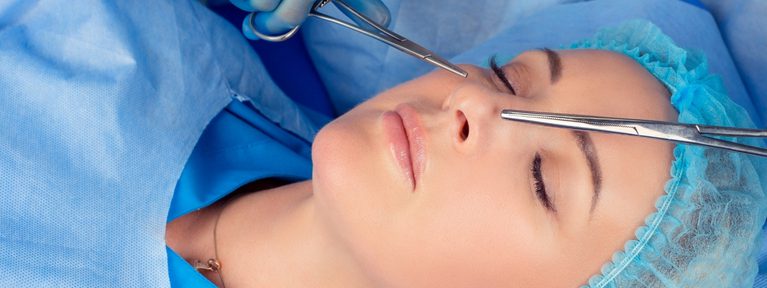Cervical cancer is a significant health concern for women worldwide. It develops in the cells of the cervix, which connects the uterus to the vagina. According to the World Health Organization (WHO), cervical cancer is the fourth most common cancer in women globally. However, with early detection and preventive measures, cervical cancer is highly treatable.
Understanding Cervical Cancer
Cervical cancer primarily begins with the gradual transformation of normal cervical cells into precancerous cells. If left untreated, these precancerous changes can develop into invasive cancer. The two main types of cervical cancer are:
- Squamous cell carcinoma: Originates in the thin, flat cells lining the cervix. It accounts for approximately 90% of cervical cancer cases.
- Adenocarcinoma: Develops in the glandular cells of the cervical canal.
Common Symptoms of Cervical Cancer
In its early stages, cervical cancer may not present noticeable symptoms. As the cancer progresses, women may experience:
- Abnormal vaginal bleeding: Including bleeding between periods, after intercourse, or post-menopause.
- Unusual vaginal discharge: Which may be watery, bloody, or foul-smelling.
- Pelvic pain: Particularly during intercourse.
- Pain during urination: A sign that cancer may have spread to nearby tissues.
Risk Factors for Cervical Cancer
Understanding the risk factors can help in preventing cervical cancer. These include:
- Human papillomavirus (HPV) infection: The most significant risk factor, contributing to nearly all cases of cervical cancer.
- Smoking: Doubles the risk of cervical cancer.
- Weakened immune system: Especially in women with HIV or those taking immunosuppressive medications.
- Long-term use of birth control pills: Particularly for five years or more.
- Multiple pregnancies: Having three or more full-term pregnancies can increase risk.
- Early sexual activity and multiple sexual partners: Which can raise the likelihood of HPV infection.
Prevention of Cervical Cancer
Preventive measures can significantly reduce the risk of cervical cancer:
- HPV Vaccination: Recommended for girls and boys aged 9 to 14, but can be given up to age 26 (and in some cases, up to age 45).
- Regular Screening: Pap smears and HPV tests help detect precancerous changes early.
- Safe Sexual Practices: Using condoms and limiting the number of sexual partners.
- Quitting Smoking: To lower the risk of developing cervical cancer.
Diagnosis and Treatment Options
When detected early, cervical cancer is highly treatable. Diagnostic methods include:
- Pap Smear Test: Detects precancerous or cancerous cells on the cervix.
- HPV Test: Identifies the presence of high-risk HPV strains.
- Biopsy: If abnormal cells are found, a biopsy may be performed to confirm the diagnosis.
Treatment depends on the cancer stage:
- Early-Stage Cervical Cancer: May involve surgery, such as a hysterectomy, to remove cancerous tissues.
- Advanced Cervical Cancer: Typically requires a combination of radiation therapy and chemotherapy.
Conclusion
Cervical cancer remains a critical health issue, but with awareness, vaccination, and regular screenings, it is largely preventable. Early detection through routine Pap smears and HPV testing plays a pivotal role in successful treatment outcomes. Prioritizing preventive care and educating women about the risks and symptoms of cervical cancer can save lives.




